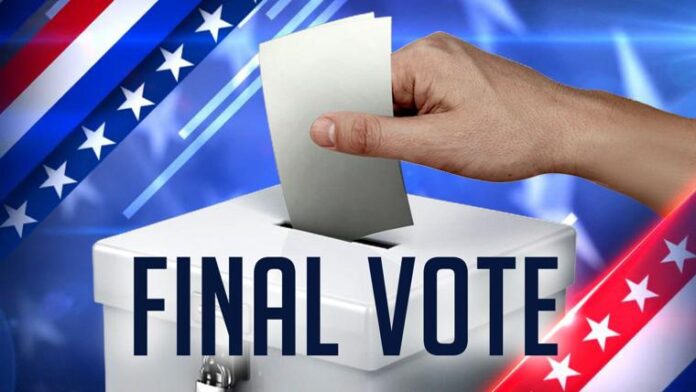Cameron County has more than 203,000 registered voters and Hidalgo County has some 370,000, according to the Texas Secretary of State’s Office. Add in some 33,000 eligible voters in Starr County and more than 12,000 in Willacy County, and the Rio Grande Valley has the potential of delivering some 620,000 votes for the various candidates in the 2020 elections. And that number surely will increase in the coming year, as elections offices here and across the country report record rates of people registering as new voters.
But it’s only potential, and it means nothing if people don’t actually cast ballots on Election Day.
New voter registrations, in the Valley and elsewhere, set records in 2016; analysts said many of those new registrations reflected people who were excited about the opportunity to vote for perhaps our nation’s first female president.
It didn’t happen. The potential wasn’t realized.
To be sure, a higher voter turnout might not have changed the outcome, but in a vote that close it’s impossible to know.
What we do know is that
many people who registered to vote for some reason didn’t do so. Although a record 137.5 million Americans cast ballots in the presidential election, they reflected just 61.4% of those who could have voted. In the Valley the turnout was even worse, at below 50%.
When the nation’s highest office isn’t on the ballot the turnout is even worse. The 2018 midterm elections drew historic numbers and the highest participation rate in four decades; it was 53 percent nationwide, with 38% turnout in Cameron County and 42% in Hidalgo County.
Those aren’t good numbers for a country that has one of the most free election systems in the world. People in many countries don’t have the opportunity to elect their officials, and probably wouldn’t take that ability as lightly as so many U.S. voters do.
And the numbers get progressively smaller as the elections become more local, reaching single digits in some cases.
That’s especially unfortunate, since local races arguably have a greater influence on our daily lives. City, county and school board
members set the tax rates that reduce workers’ disposable income, and they enact the majority of ordinances and regulations — speed limits, zoning restrictions, etc. — under which residents must live.
However, it’s undeniable that the upcoming national elections could affect our region more than most parts of our country. The Rio Grande Valley just happens to be Ground Zero for many of the issues and policies that are most important, and are drawing the most attention, in the upcoming elections: issues like immigration reform, border security including the controversial border wall, the upcoming census and legislative redistricting.
So while the growing numbers of registered voters is worth celebrating and we encourage all those who are eligible to register if they haven’t, it isn’t enough. Registration is only the first part of a commitment to be active participants in our government, and be part of the process that selects those people who will represent our interests in the halls of government, from City Hall to the U.S. Capitol.
Valley Morning Star





